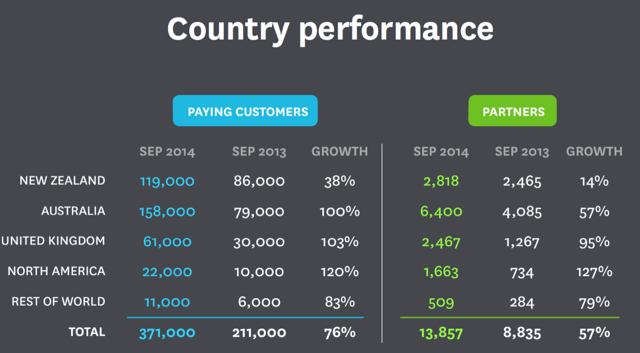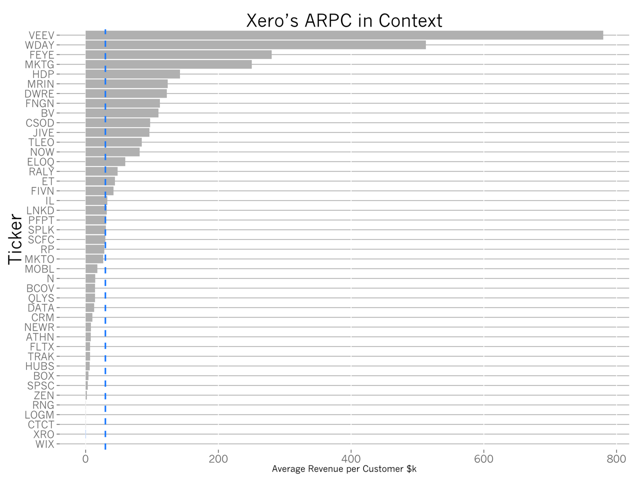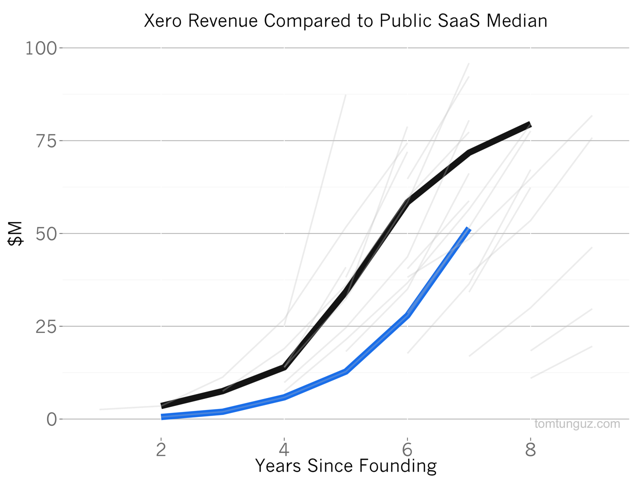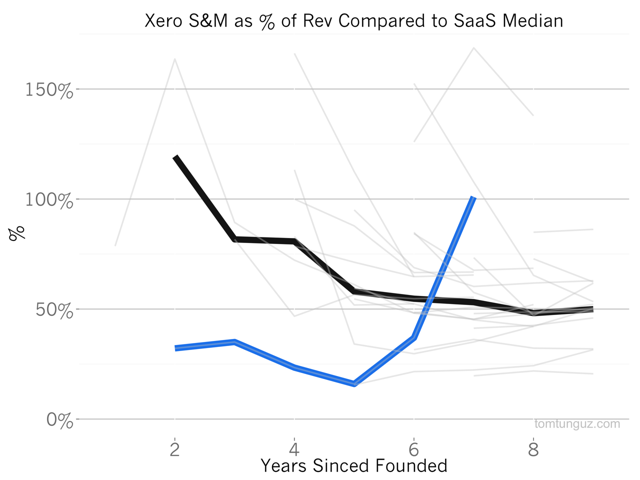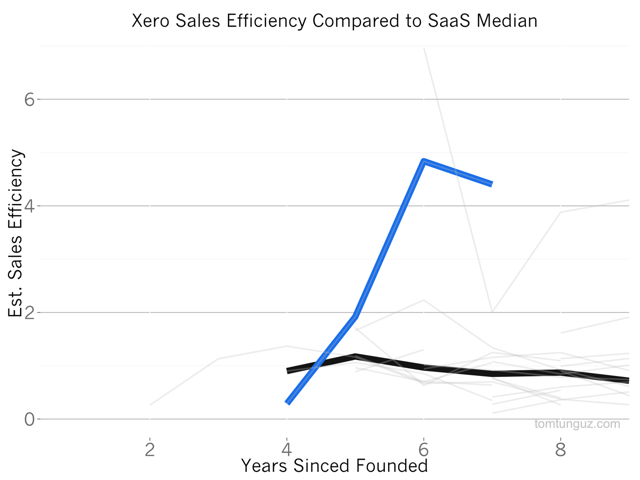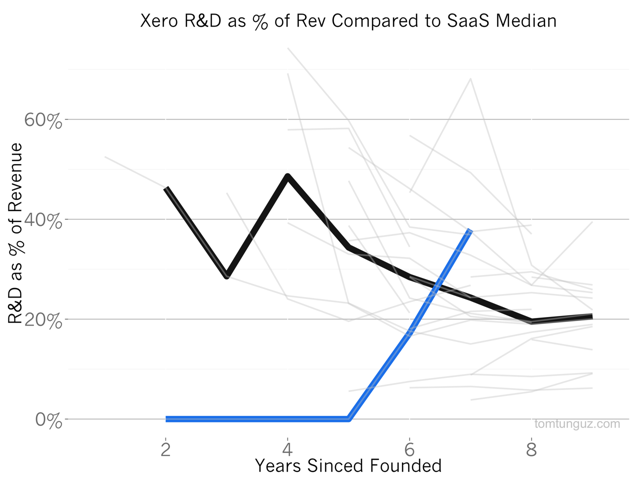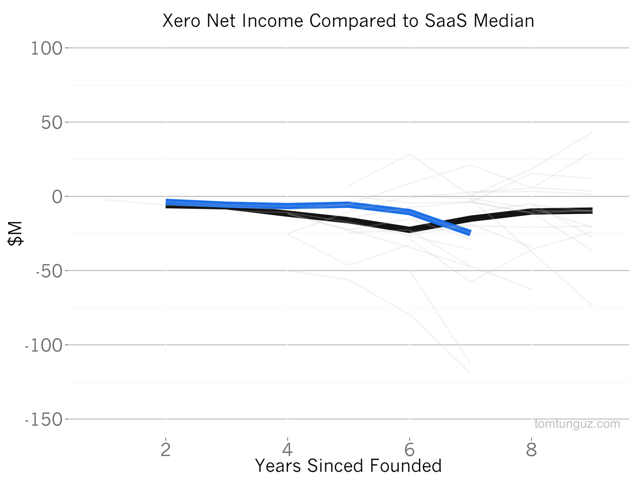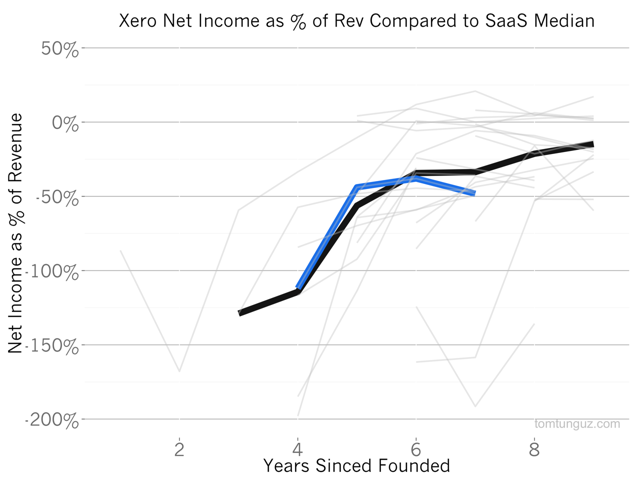Dave Denniston, CFA for HCP Live writes: Today’s world is an incredibly tax-unfriendly environment for physicians.
By increasing your taxes due to the provisions of the Affordable Care Act, Uncle Sam is out to get even more!
The good news is that there are several steps that you can take to be proactive and keep more money in your pocket. Here’s how you can minimize your tax burden and improve your specific situation.
Pay Yourself First
Start contributing to your 401(k) plan (or 403(b) plan if you work for a nonprofit) as well as a 457(b) and a Health Savings Account (HSA) if they are available. Contributing boosts your retirement savings and lowers your income taxes as well. This money comes right out of your paycheck, withheld by your employer.
By contributing to your 401(k), every dollar you put in gives you a discount on your federal income taxes. For example, if you are in the 35% bracket, and you contribute $10,000, you have just lowered your taxes by $3,500. That’s like a 35% rate of return on your money today that can grow tax-free until you withdraw it someday, when it will be taxed likely at a lower rate.
Be sure to contribute at least up to the maximum match your employer provides. If your employer matches dollar-for-dollar, this is like an automatic 100% return. Even if your employer matches 50 cents or 25 cents on the dollar, that is still a 50% or 25% return just for contributing.
Get as close as you can to maxing out your contribution. If you are under 50 years old, the maximum you can put in the 401(k) is $18,000 in 2015. If you are over 50 years old, you make do an additional catch-up contribution of $5,500 for a total of $23,500.
Set Up a Business or Moonlight as a Consultant
The American tax code is set up to benefit one person: the business owner. There are many potential write-offs, including using a home office, which allows for many deductions. For instance, you could remodel your basement as a tax-deductible home office, and deduct 100% of all costs, such as utilities, insurance, and depreciation, related to the office. Keep in mind—you don’t have to be the business owner; it can be your spouse.
Avoid Tax-Inefficient Funds
You can control capital gains and dividends when you own individual stocks and ETFs, because you can sell them anytime. Unfortunately, it is much more difficult to control them with mutual funds. Mutual funds will distribute capital gains even when you haven’t sold anything, a phenomenon called "phantom capital gains." As assets come into a fund, the portfolio manager will buy stocks or other securities. Then, when investors redeem their money, the manager will have to sell stocks or other securities, creating taxable distributions.
This can be bad news for tax efficiency. If you are in a "hot fund" that had capital gains from unsold positions that the manager bought years earlier (before you invested in the fund), and investors start pulling out dough, you could be left with a big tax bill. You could actually lose money in a mutual fund and still get caught with a big capital-gain distribution.
Be very careful which mutual funds you invest in. Some managers are incredibly tax-efficient, but many are not.
Harvest Capital Losses
The idea of tax harvesting is to purposely create capital gains or capital losses to maximize your tax advantages. Of course, the government has no ceiling on the amount it can tax you for capital gains.
However, it does it have a floor on capital losses: $3,000 per year. Net losses above $3,000 must be carried over into the following year.
Perhaps you have no carry-forward losses and you have realized some capital gains. Instead, you may have some capital losses that you can harvest to offset the gains and perhaps even create a loss for the year. It’s simply a matter of selling one or more losers while holding onto your winners.
Be Charitable
By donating to charity, you can get a tax deduction by unleashing your giving spirit. If you can get your itemized deductions above the amount of the standard deduction, you can have a higher tax write-off than many Americans. Remember your state income taxes are counted towards your itemized deductions, as well as mortgage interest. By adding some charitable giving to the mix, most of us can easily exceed the standard deduction limits and be able to itemize instead.
There’s no minimum to the amount of charitable gifts you can report. However, if your contribution entitles you to merchandise, goods, or services, including admission to a charity ball, banquet, theatrical performance, or sporting event, you can deduct only the amount that exceeds the fair market value of the benefit received.
For a contribution of cash, check, or other monetary gift (regardless of amount), you must maintain as a record of the contribution—a bank or credit card record or a written communication from the qualified charity containing the name of the organization, date of the contribution, and the amount.
Final Thoughts
As a physician, you’ve made a commitment to helping others and your community.
Now you need to make a similar commitment to your finances.
You can fight back at Uncle Sam through focusing on reducing your taxes by contributing to your retirement, settng up your own business, harvesting losses, avoiding tax-inefficient funds, and being charitable.
By being proactive with your tax situation, you can then do the things you’ve long dreamed of doing and be well down the road to financial independence.
Dave Denniston, CFA is a professional wealth manager and financial advisor locate
d in Bloomington, MN, visit his website at www.DoctorFreedomBook.com
